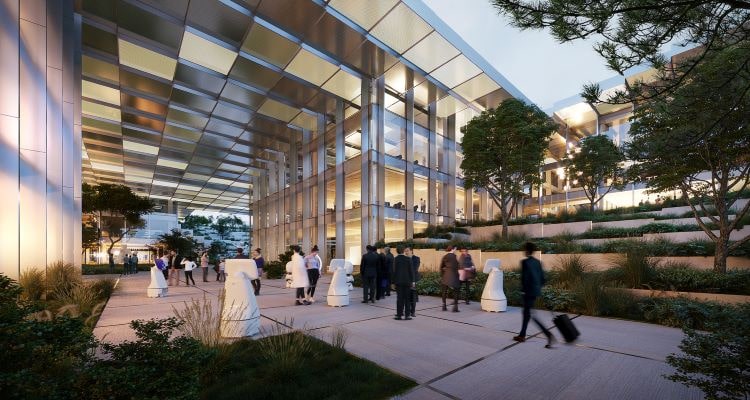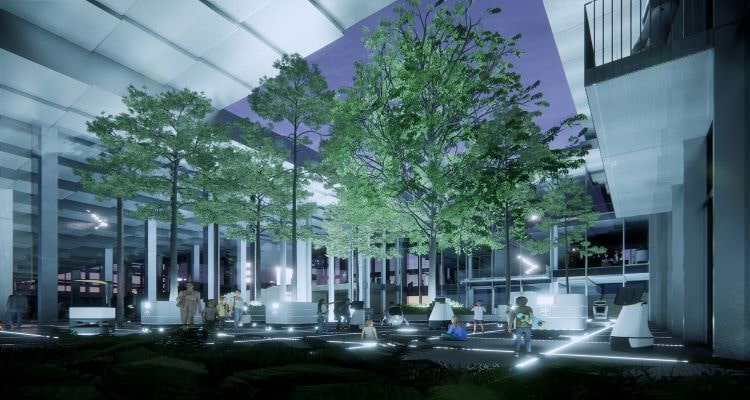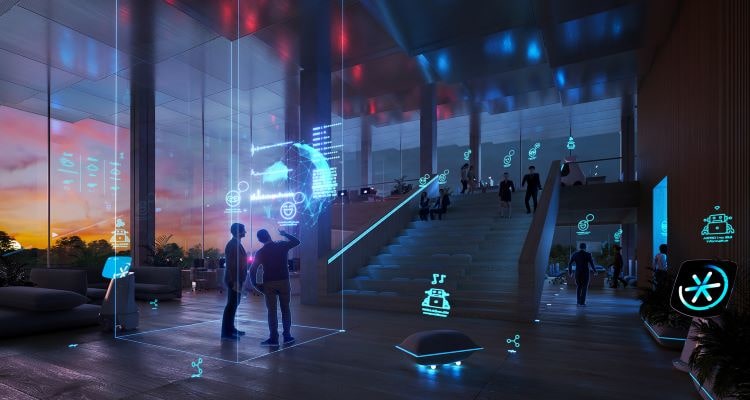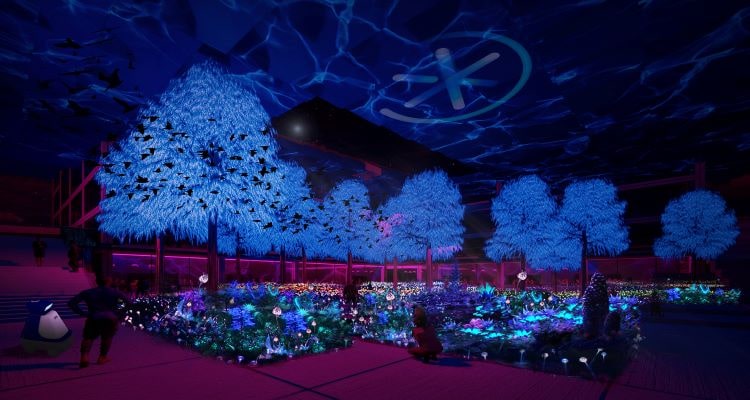AI City, the futuristic Chinese city powered by new technologies such as AI, GIS or BIM


AI City will be located in the high-tech industrial development zone of Chongqing City and the first phase to be developed will be the so-called Cloud Valley. A territory of 135,000 m2 that will act as the headquarters of science and technology. In addition, its priority to promote sustainability will be defined in strategies such as eliminating barriers between buildings and nature to create an urban fabric with green outdoor spaces that include natural lighting and ventilation. BIG's proposal consists of establishing two plots along two avenues that, thanks to architectural and urban resources, imitate two different but complementary land reliefs: a concave elevation (mountain) and a convex depression (valley).

Integration of intelligent solutions and systems such as GPS, GIS and BIM
In order to improve and make traditional offline systems and spaces more efficient, AI City has implemented intelligent solutions. For example, an automated fire prevention and control system with AI that uses GPS, GIS and BIM as information systems to map fire stations and police units in real time. The goal is more efficient management in work methods by triangulating the closest available units and reducing the risk to workers by increasing preventive measures in structure fires. In addition, these systems make it possible to obtain information on the origin of the fires from the data extracted from the tools.

gsdd
Sources (information/images): BIG I ArchDaily I eMARTCITY.es I












